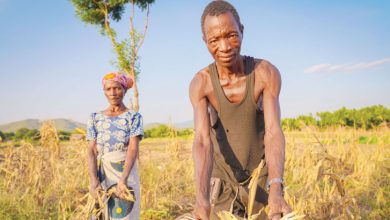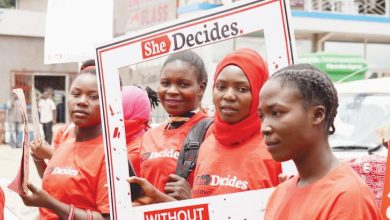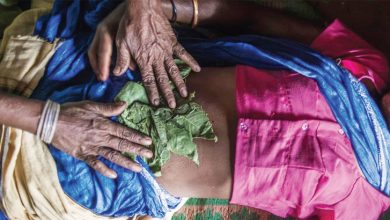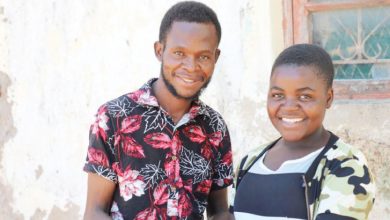Women protect child health
N
aching’anda Health Post in Misuku Hills is one of the hard to reach clinics in Chitipa District even during the dry season.
The bumpy earth road becomes impassable during the rainy season.
Jack Mkhala, disease control and surveillance assistant at the rural under-five clinic, says the tricky terrain slows access to life-saving services and supplies, including vaccines.
“We don’t have vaccine storage facilities. We keep them at the mother facility at Chisasu,” he says. “With transport problems, it is not easy to go there and collect the vaccines.”
At times, he has to reschedule routine immunisation outreach.
The postponements stir doubt, despair and absenteeism among parents with children due for immunisation, he says.
Some are discouraged by myths and religious beliefs.

Women volunteers trained by the Malawi Health Equity Network (Mhen) have teamed up to ensure no child skips a vaccine.
With at least one village head as a patron, Malambwa Mother Care Group supports service delivery and mobilise resources for healthcare in the remote locality.
The group of 30 traces pregnant women who skip antenatal visits and children who default on neonatal visits, including routine immunisation.
They register pregnant women and newborns in their communities.
Chairperson Saida Sichali pledges not to relent until every child below five receives all prescribed vaccines.
“We have constructed a spacious clinic and now we are building a house for our community health worker. We want him to live here, not to rent a house far away,” she says.
The volunteers want to connect the under-five clinic and community health worker’s house to the electricity grid.
They appear determined to improve healthcare delivery in their communities.
“We go village by village looking for pregnant women, lactating women and breastfeeding children,” says care group member Christina Mhango. “We check their cards and make sure that those who skipped vaccines get them.”
The volunteers also educate their peers on various health issues, including the dangers of not giving birth at a health facility with the help of skilled hands.
“We mobilise people to accept vaccines and make decisions that save their lives. In the end, we hope to have communities that are fully immunised and healthy,” says Mhango.
In 1974, the World Health Organisation (WHO) launched an expanded programme on immunisation (EPI) to tackle deadly diseases prevented by vaccines. The diseases include whooping cough, tetanus, measles, poliomyelitis, rotavirus, pneumonia, chicken pox, diphtheria, influenza, hepatitis and malaria.
The Ministry of Health’s EPI leads the routine immunisation of children and adults.
Tamandani Juma, deputy EPI coordinator in Chitipa, says there are 30 care groups improving immunisation figures in the border district between Zambia and Tanzania.
She says: “Records show that before the establishment of care groups in 2018, the district’s immunisation rates were between 50 and 60 percent.
“This time, we have seen a big improvement. Last quarter, we were at 81 percent and this is largely attributed to the work of the MCGs.”
The government targets over 80 percent of children below five receiving all routine immunisation to beat preventable outbreaks that either disable or kill people.
Juma is optimistic of the vaccination rates surpassing 90 percent as community health workers working closely with the care groups.
Mhen implements the Health Systems and Immunisation Strengthening Project with support from Gavi in partnership with Unicef and the Ministry of Health.
Sustainable Development Goal (SDG) three calls for an end to preventable deaths of newborns and under-five children by 2030.
“We want to improve access, quality and utilisation of services in the essential health package, including immunisation, with a focus on populations systematically missed due to geographical, socio-economic and cultural barriers,” says Mhen board chairperson Carolyn Kassam.
Mhen and the Ministry of Health trained the care groups in hard-to-reach areas and urban slums in nine districts to accelerate vaccine uptake.
Other districts are Blantyre, Lilongwe, Mchinji, Dowa, Ntchisi, Kasungu, Mzimba South and Mzimba North
With increasing immunisation, infant mortality has fallen from about 38 to 33 in every 1 000 live births.
Pregnancy-related deaths have also declined from 749 to 349 in 100 000 live births since 2000. SDG3 requires Malawi to reduce maternal mortality ratio to 70 by 2030.




